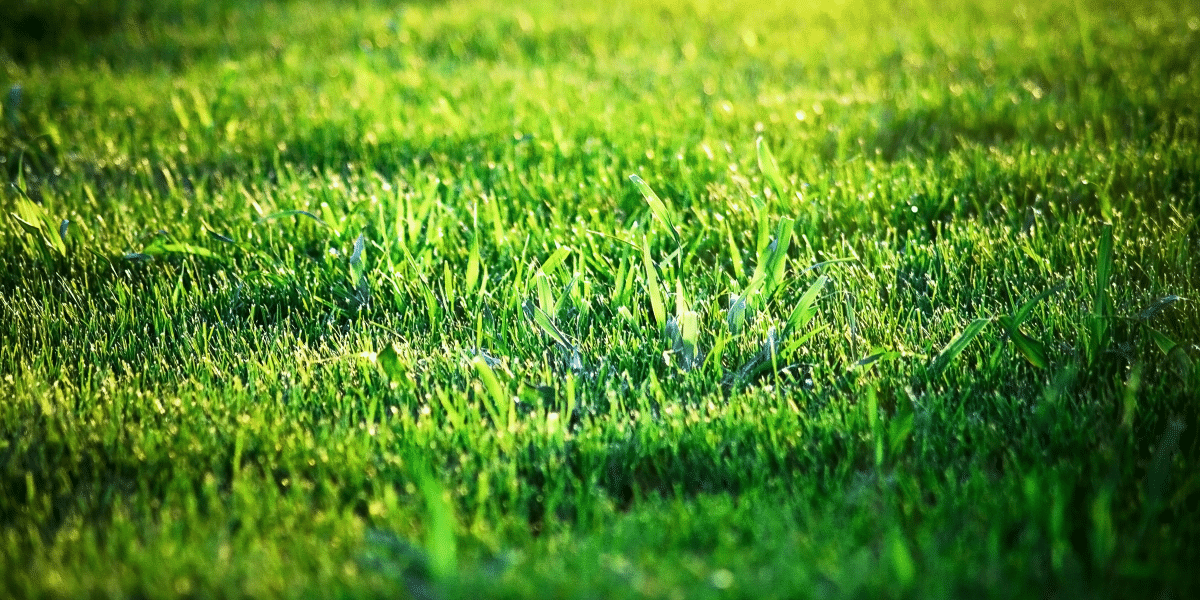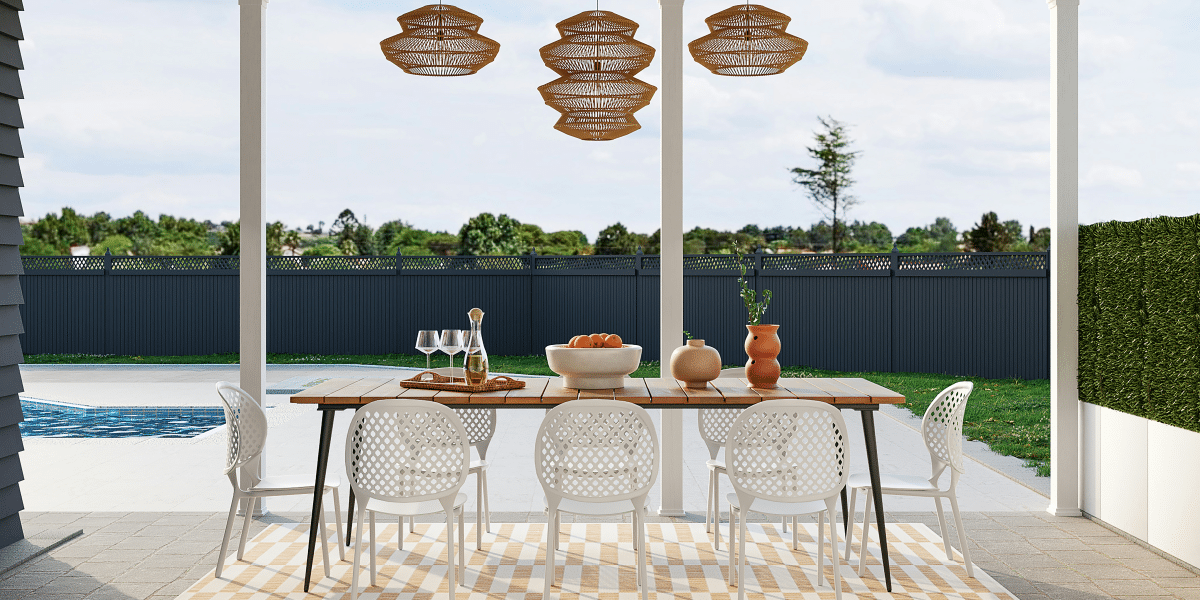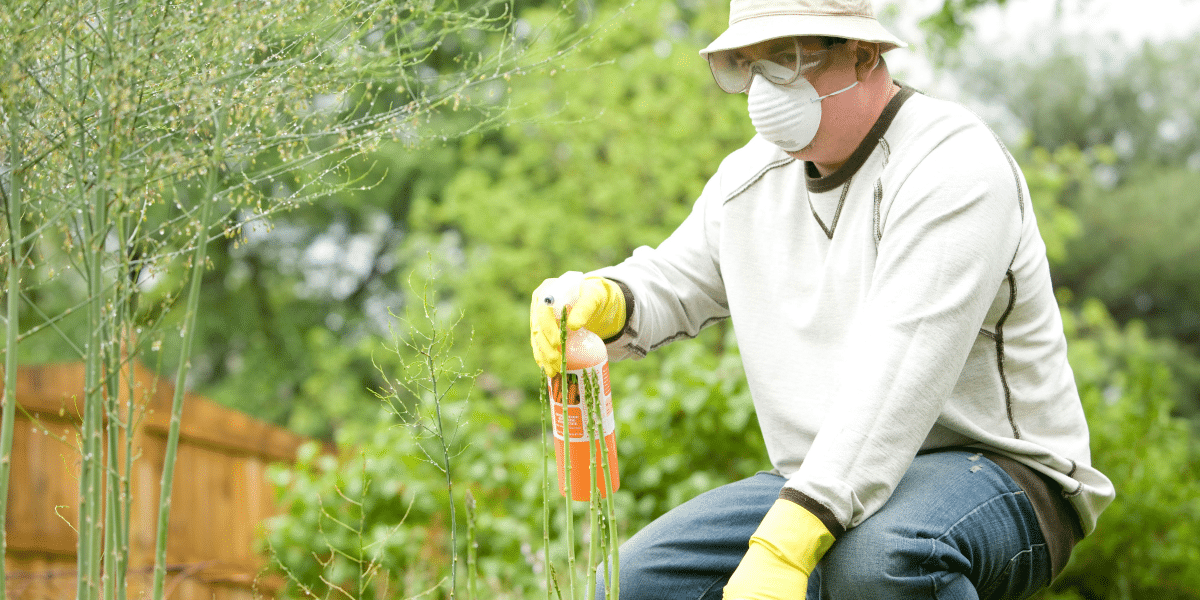Dr. Jayanti Mishra’s Holistic Approach to Mental Health
In the labyrinth of modern life, mental health challenges such as anxiety and depression have surfaced with increasing prevalence, touching lives across the globe with a chilling familiarity. The journey toward overcoming these challenges is as diverse as humanity itself, with each individual carving out their own path to wellness. This exploration of holistic healing delves into various strategies that promise not just relief but profound transformation, guided by the insightful philosophy of Dr. Jayanti Mishra: “Embracing wellness, cultivating resilience: healing minds, transforming lives.”
The cornerstone of Dr. Mishra’s approach lies in the recognition of therapy’s profound benefits in navigating mental health challenges. Therapy offers a sanctuary for self-discovery, a place where individuals are invited to voice their deepest fears and highest hopes within the safety of a therapeutic relationship. It’s an intricate dance of uncovering and understanding one’s inner world, facilitated by a professional whose expertise lies not just in listening but in guiding individuals toward insights that can illuminate the path to recovery.
However, Dr. Mishra advocates for a broader spectrum of healing modalities beyond traditional therapy sessions. She emphasizes the importance of integrating lifestyle changes that foster physical health as a foundation for mental well-being. This includes nurturing the body through nutrition that supports brain health, engaging in regular physical activity that boosts mood and energy levels, and ensuring restorative sleep, which is crucial for emotional and psychological resilience.
Mindfulness practices also play a pivotal role in this holistic approach to overcoming mental health challenges. Techniques such as meditation, deep breathing exercises, and yoga are heralded for their ability to ground individuals in the present moment—a potent antidote to the anxiety that thrives on worries about the future and depression rooted in past regrets. These practices cultivate a state of calm awareness that can dramatically reduce stress levels and enhance overall quality of life.
Social connections further enrich this tapestry of wellness strategies. Dr. Mishra underscores the significance of fostering meaningful relationships that provide support and understanding throughout one’s mental health journey. Engaging with supportive communities—whether found among friends, family, or support groups—can offer invaluable encouragement and make the arduous path toward healing feel less isolating.
Creative expression emerges as another transformative avenue for confronting mental health challenges head-on. Whether it’s through painting, writing, music, or any other form of creative output, engaging in artistic activities allows emotions to flow freely—a therapeutic release for feelings that may otherwise remain bottled up inside.
Integrating these diverse strategies requires patience and perseverance; it’s about embracing small changes over time that cumulatively lead to substantial improvements in mental well-being. Dr. Mishra’s holistic vision extends beyond mere symptom management; it is an invitation to embark on a lifelong journey toward cultivating resilience against life’s inevitable ups and downs.
As followers of Dr. Jayanti Mishra’s work know through her social media presence on Instagram (@dr.jayantimishra) and Facebook (@Mind Empowerment), her dedication to transforming lives shines brightly through every post shared online—a beacon for those seeking guidance on their path to wellness.
Her website further serves as a repository of wisdom for those looking to dive deeper into her holistic methodologies or seeking personal consultations aimed at fostering lasting change.
In essence, overcoming mental health challenges holistically isn’t confined to addressing symptoms alone but involves nurturing all aspects of being—physical health, emotional balance, spiritual peace—and strengthening social bonds. Dr. Mishra’s integrated approach not only illuminates paths towards recovery but also empowers individuals with tools they need for maintaining balance amidst life’s turbulence.
This methodical yet flexible framework encourages continuous growth and learning about oneself while facing life’s adversities head-on—not merely surviving them but thriving despite them by embracing wellness and cultivating resilience every step of the way.
As one navigates through complex landscapes shaped by internal struggles and external pressures alike, remember this poignant message from Dr.Mishra: Healing minds isn’t just about recovering from illness—it’s about transforming one’s entire perspective on life itself towards greater fulfillment and happiness.
Disclaimer: The information provided in this article is for general informational purposes only and is not intended as medical advice. Readers should consult a qualified healthcare professional before making any health-related decisions. The contents of this article should not be used as a substitute for professional medical advice, diagnosis, or treatment.
Published by: Martin De Juan








